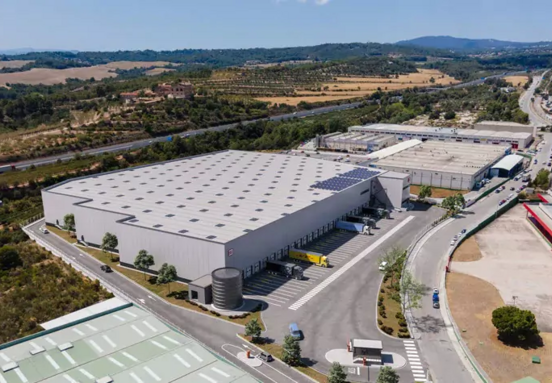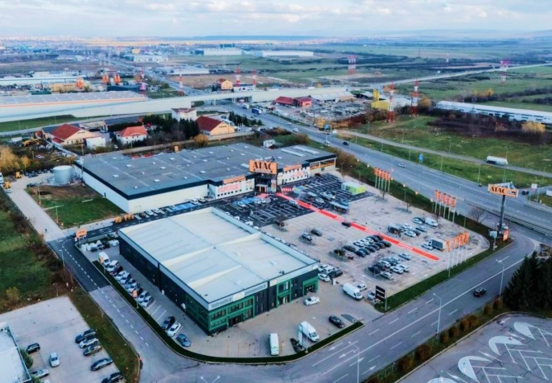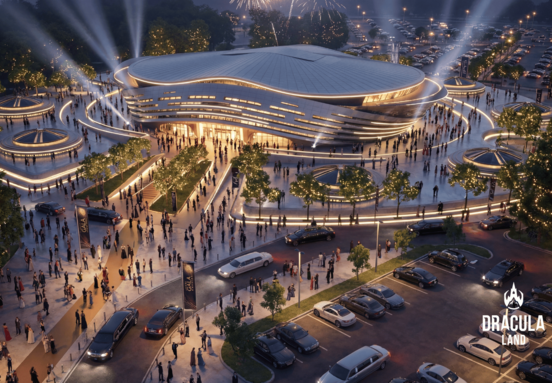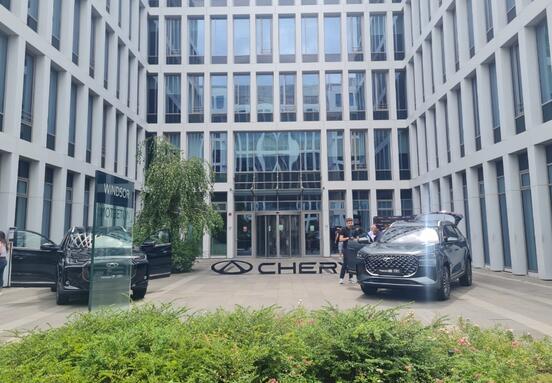The total demand for modern office space contracted by almost 10%, up to 112,000 square meters, compared to the same period last year, and the new demand was about 38,000 square meters, down 15% at the end of the first half and 22% compared to the same period in 2019. Colliers consultants noted that firms have already begun organizing, resizing and reconfiguring offices to suit the needs of a post-COVID world, and that the labor market is recovering rapidly should protect to some extent the office market and, in particular, class A office buildings, occupied by solid blue-chip companies with significant turnovers.
In the first half of the year, only 36,000 square meters of modern office space were delivered. The completion of Campus 6.2 by Skanska (almost 19,800 square meters) and the Tiriac Tower in the Țiriac Imobiliare portfolio (16,500 square meters) are the major additions that have raised the modern office stock of Bucharest above the level of 3 million square meters. As the initial estimate for 2021 was for the delivery of about 260,000 square meters of new modern offices, it is announced that the second half of the year will be quite crowded, although some future deliveries may rather be postponed for the first part of 2022.
Regarding the vacancy rate, at the end of the first semester it increased to a maximum level of the last 7 years, up to 15.75%, from 11.25% in the previous year. However, the market is much more developed than in 2014, when the vacancy rate reached such levels, and the modern stock of offices was about 1.7 million square meters, compared to just over 3 million square meters today. However, newer buildings with qualitative technical specifications are much better in terms of overall occupancy, due to their attractiveness, but also because they are rented by solid companies, many of which continue to expand.
Colliers consultants appreciate that the office market is clearly in favor of tenants, and therefore have seen pressure on the agreed level of rent, albeit at net effective levels rather than gross rents. They also mention that, although the average net rent for Bucharest is probably about 10% lower than before the pandemic, this dynamic was generated by older and lower quality buildings, which were forced to provide more incentives to attract or keeping tenants. Also, the stock of sublease space, at least 80,000 square meters, according to Colliers measurements (and probably an underestimated figure), offers good alternatives for very attractive rents, which puts even more pressure on less competitive office spaces. In the case of new buildings, at modern standards comparable to developed markets in Western Europe or the US, things have not changed and probably will not change much in terms of rent. IT & C remains the engine of the market, with almost half of the reported transactions, but in 2021 industrial services and other professional services also have a significant contribution.
The office market in Bucharest remains quite complicated, but Colliers consultants appreciate that the effects of the pandemic were not uniform. It is noteworthy that two of the newest completed buildings in Bucharest - Campus 6.2 and 6.3 developed by Skanska - were sold to an investor for a record post-2008 yield of 6.75%. So for some, the next few years will be good, while others will suffer. The gap between old and less qualitative projects and older / new buildings will probably widen on all fronts: rent, occupancy rate, investment return.






